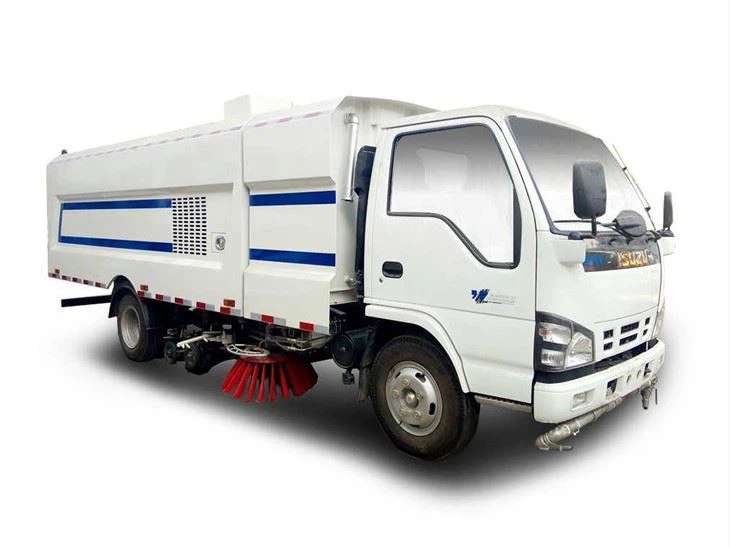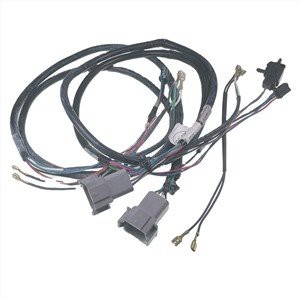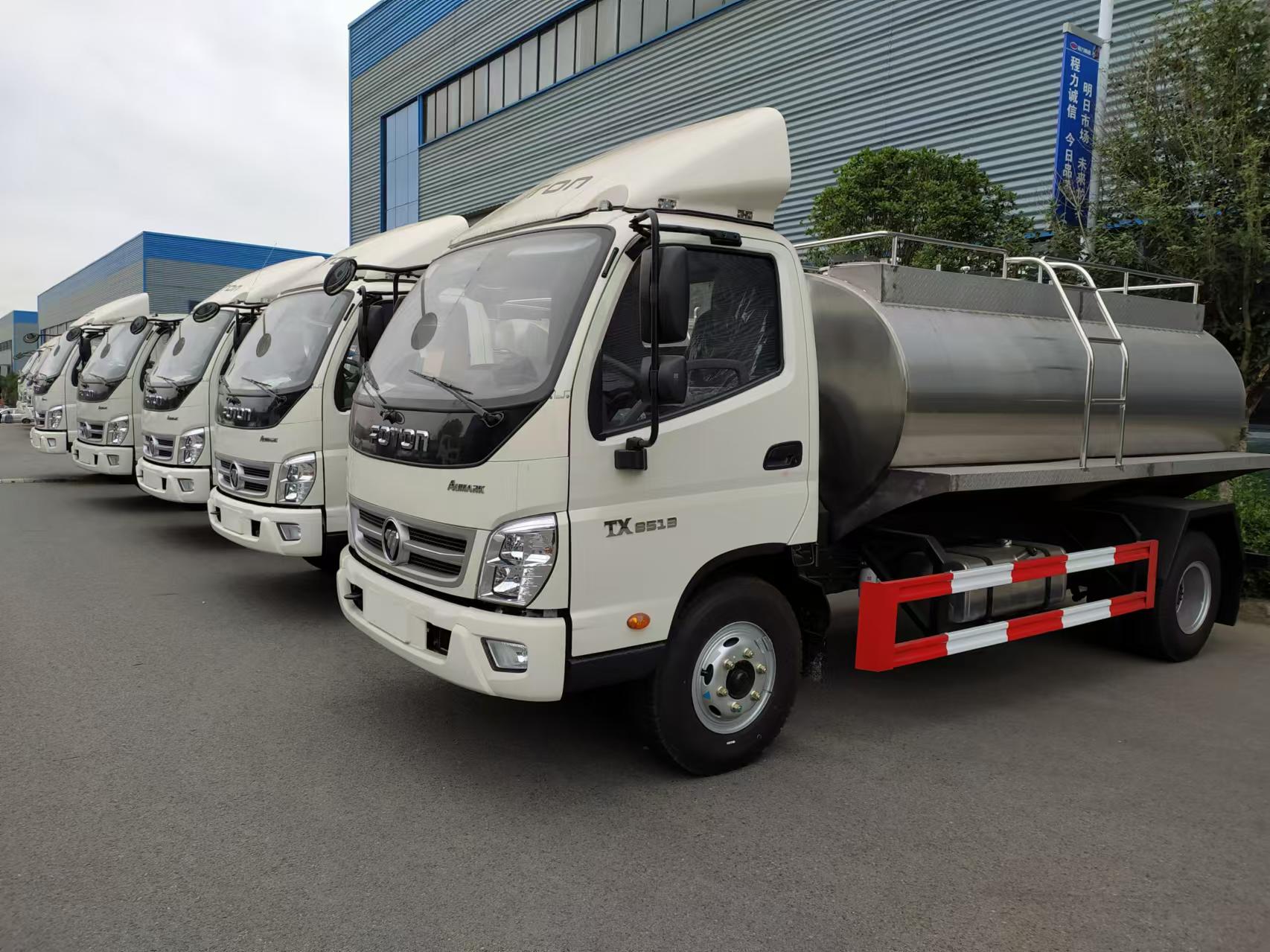Understanding Trash Trucks: The Backbone of Waste Management

Introduction to Trash Trucks
Trash trucks play a crucial role in the waste management ecosystem, ensuring that our cities remain clean and livable. They are specifically designed vehicles equipped to collect and transport solid waste, helping to maintain urban sanitation. In this article, we will explore the various types of trash trucks, their operational mechanisms, maintenance needs, and how they contribute to environmental sustainability. Whether you are a waste management professional, a city planner, or just someone curious about this essential service, this article will provide you with comprehensive insights into the world of trash trucks.
What is a Trash Truck?

A trash truck, also known as a refuse truck, waste collection vehicle, or garbage truck, is a specialized vehicle used to collect garbage from residential and commercial areas. These trucks come in various types, each designed for different waste management needs. The primary function of a trash truck is to transport waste to a landfill, recycling facility, or incinerator.
Types of Trash Trucks
1. Rear-Loader Trash Trucks
Rear-loader trash trucks have a flatbed that allows operators to collect waste using a lift or manually from the back of the vehicle. They are ideal for residential areas where accessibility is limited, and workers can easily dump bins into the truck’s compaction chamber.

2. Side-Loader Trash Trucks
Side-loader models are designed to pick up waste from the side of the vehicle. These trucks often feature automated arms that can lift and dump bins, making them highly efficient for large residential collections. They are considered safer for operators and reduce the physical strain of manual lifting.
3. Front-Loader Trash Trucks

Front-loader trash trucks are commonly used in commercial areas and large waste management operations. They are equipped with forks at the front, enabling loaders to lift and empty large dumpsters. These trucks are known for their efficiency in bulk waste collection.
Key Components of a Trash Truck
Understanding the essential components of a trash truck can help in appreciating its complex design and functionality. Here are some critical parts:
- Compaction Chamber: The area where garbage is compacted to maximize space.
- Hydraulic System: Provides the necessary force to operate the lift and compaction systems.
- Cab: The control area for the driver, equipped with controls for various mechanisms.
- Pneumatic System: Helps in lifting and tilting the body of the truck during unloading.
How Trash Trucks Work
The operation of a trash truck involves several steps, from collection to disposal:
Collection
The collection process typically begins early in the morning. Trash trucks follow designated routes, picking up waste from residential bins or commercial dumpsters. Operators may work in teams, where one controls the truck while others assist with the collection.
Compaction
Once the waste is loaded, the compaction process begins. The hydraulic system engages to crush the waste, ensuring maximum storage capacity within the truck. This feature minimizes the number of trips needed to the landfill.
Transport
After the truck is filled, it transports the waste to a designated disposal site. This site can be a landfill, recycling center, or a waste-to-energy facility.
Disposal
Upon arrival at the disposal site, the truck uses its pneumatic system to unload the waste safely. The compaction chamber tilts, releasing the compacted waste into the designated area.
Environmental Impact of Trash Trucks
Trash trucks contribute significantly to the environment and community health. Their role in efficient waste management helps reduce litter and pollution, promoting cleaner neighborhoods.
Sustainability Practices
Many waste management companies are adopting sustainability practices. For instance:
- Recycling: Trucks often separate recyclables from general waste before disposal.
- Waste-to-Energy: Some trucks deliver waste to facilities that convert garbage into energy.
- Alternative Fuels: Evolving technologies lead to the development of electric and hybrid trash trucks, reducing carbon emissions.
Choosing the Right Trash Truck for Your Needs
When selecting a trash truck for waste management operations, several factors should be considered:
1. Type of Waste
Different trucks are optimized for specific types of waste. For instance, rear-loaders are suitable for residential waste, while front-loaders are ideal for commercial areas.
2. Volume of Waste
Your choice may depend on the volume of waste you expect to handle daily. Larger trucks are necessary for bulk waste, while smaller models may suffice for lower quantities.
3. Budget
Evaluate the initial purchase cost and ongoing maintenance and fuel expenses to stay within budget.
4. Route Accessibility
Consider the types of routes your trucks need to navigate. Side-loaders may be more suitable for narrow streets.
Maintenance Tips for Trash Trucks
Regular maintenance is crucial to ensure the optimal performance of trash trucks. Here are some practical tips:
1. Routine Inspections
Conduct daily checks on crucial components such as brakes, lights, and hydraulic systems to prevent breakdowns on the road.
2. Fluid Levels
Regularly examine and replenish fluids, including oil, hydraulic fluid, and coolant, to avoid overheating and mechanical failures.
3. Tire Maintenance
Check tire pressure frequently, as proper inflation can enhance fuel efficiency and prolong tire life.
4. Cleaning
Clean the truck after each use to prevent odors and maintain hygiene, especially in the compaction chamber.
Case Studies: Successful Implementation of Trash Truck Services
| City | Type of Service | Outcome |
|---|---|---|
| Los Angeles | Automated Side-Loader | Increased efficiency by 30%, leading to reduced operational costs. |
| New York | Front-Loader for Commercial Waste | Improved collection times and reduced traffic congestion. |
| San Francisco | Electric Trash Trucks | Lowered carbon emissions by 40%, contributing to sustainability goals. |
Future Innovations in Trash Truck Technology
The waste management sector is witnessing continuous innovations aimed at improving efficiency and sustainability. Future developments may include:
1. Smart Trash Trucks
Equipped with sensors and GPS technology, smart trash trucks can dynamically adapt routes based on real-time waste levels and traffic situations.
2. Enhanced Recycling Systems
Future models may have advanced sorting features that enable automatic separation of recyclables from general waste during collection.
3. AI-Driven Operations
Artificial Intelligence could streamline operational efficiency, from route optimization to vehicle performance monitoring.
FAQs About Trash Trucks
1. What is the average lifespan of a trash truck?
The average lifespan of a trash truck is typically between 10 to 15 years, depending on maintenance and usage conditions.
2. How often do trash trucks collect waste?
Most residential waste is collected weekly, though frequency may vary based on local regulations and service agreements.
3. Are there regulations surrounding trash truck operations?
Yes, waste management operations must adhere to various local, state, and federal regulations regarding safety, emissions, and waste disposal.
4. How are trash trucks powered?
Traditionally, trash trucks are powered by diesel engines, but newer models are increasingly using alternative fuels, including natural gas and electricity.
5. What should I do if my trash truck misses a pickup?
If a trash truck misses your pickup, contact your local waste management service provider to report the issue and request a rescheduled collection.
6. Can trash trucks handle hazardous waste?
No, trash trucks are not equipped to handle hazardous waste. Specialized vehicles are required for the safe transport of such materials.
